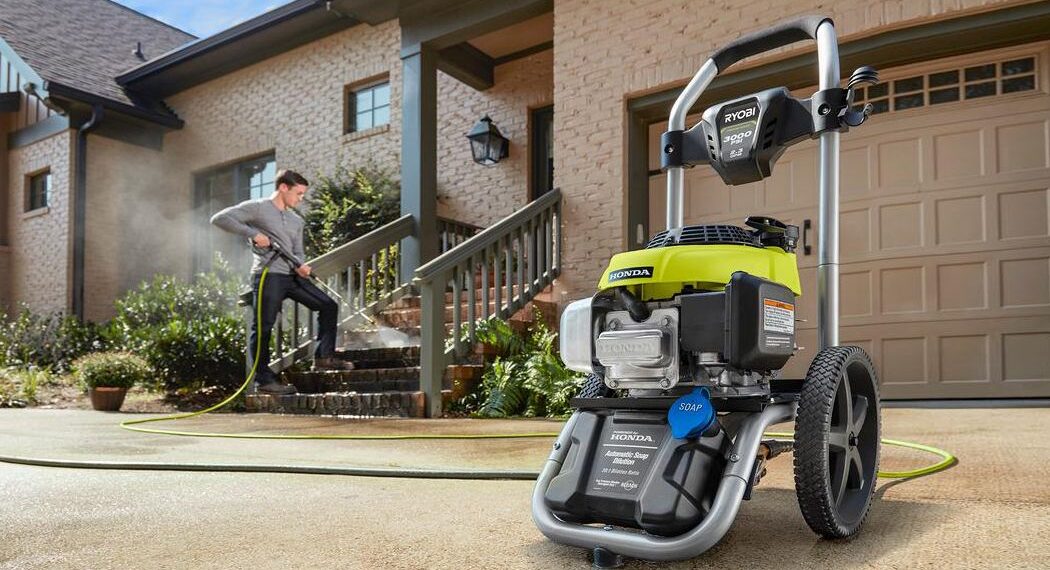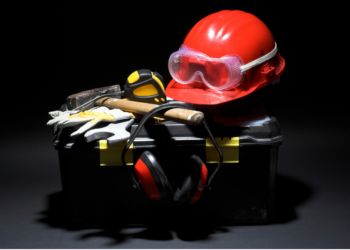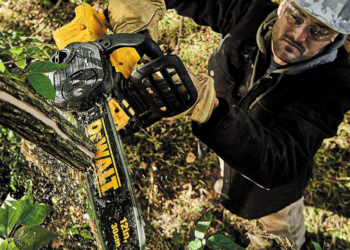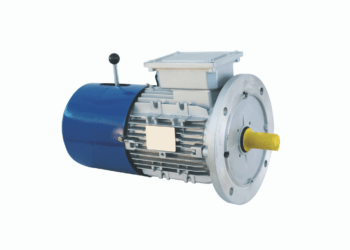If you want to remove loose paint, dust, mud, grime and dirt from objects and surfaces like vehicles and buildings, a pressure washer is an option. This helps to clean decks, backyard patio furniture, driveways, etc before a paint job. With this machine, cleaning can be done faster and in a better way. The things that are not cleaned by normal scrubbing with soaps and chemicals, can be cleaned using a pressure washer.
Before using a pressure washer, it is important to know and understand it’s working properly so that there is no damage to the machine as it is an expensive machine.
In order to clean the things, water is mainly used by the pressure washer. There is a slight electrical polarity of the water due to which it’s one end is negatively charged and the other one is positively charged. As a result of this, it gets attached to things.
Also, there is many folds increase in the cleaning capacity of the detergents or soap chemicals when added due to which gauge and grease are broken down. This causes the water to flush all the dirt and dust.
In a pressure washer, a high-pressure jet of water is made to pass through narrow outlets and the tough dirt is removed easily.
Pressure Washer and Its Parts
A pressure washer is a simple machine in which an electric motor is used to pump the water. The tap water is used on which the pressure is applied by the pressure washer due to which it accelerates at a very high speed and passes through the hose having a trigger gun at the opening. Parts of a pressure washer are-
Water inlet – Water enters into the machine through it. It is a hose between the pressure washers and the source of water. On the mouth of it, a filter is present due to which dirt and external particles are prevented from entering the machine and thus, the machine is protected from clogging. The entire machine can be damaged due to debris.
Electric motor – Electric supply is required for smaller pressure washers whereas the larger one requires gasoline. Some locations like those outside the home might have a shortage of electricity. In these places, the best to use is a gasoline engine. The water pressure pump gets power from this engine.
Water pump – Electricity or gasoline is required for it and is the main part of the pressure pump. Its design is very much similar to the manual groundwater pump. When the pump moves in one direction, water is sucked and when it moves in the opposite direction, water is expelled at very high pressure. Approximately 1-2 gallons of water per minute can be handled by these pumps.
High-pressure hose – From the washer, there is a pipe that gets attached to the cleaning connection. It has strong wirework with two layers of plastic of high thickness.
Cleaning attachment – For cleaning different surfaces, different cleaning attachment is required and this is a very important part of a pressure washer. To clean your machine, you can either select a simple trigger gun or a rotating brush.
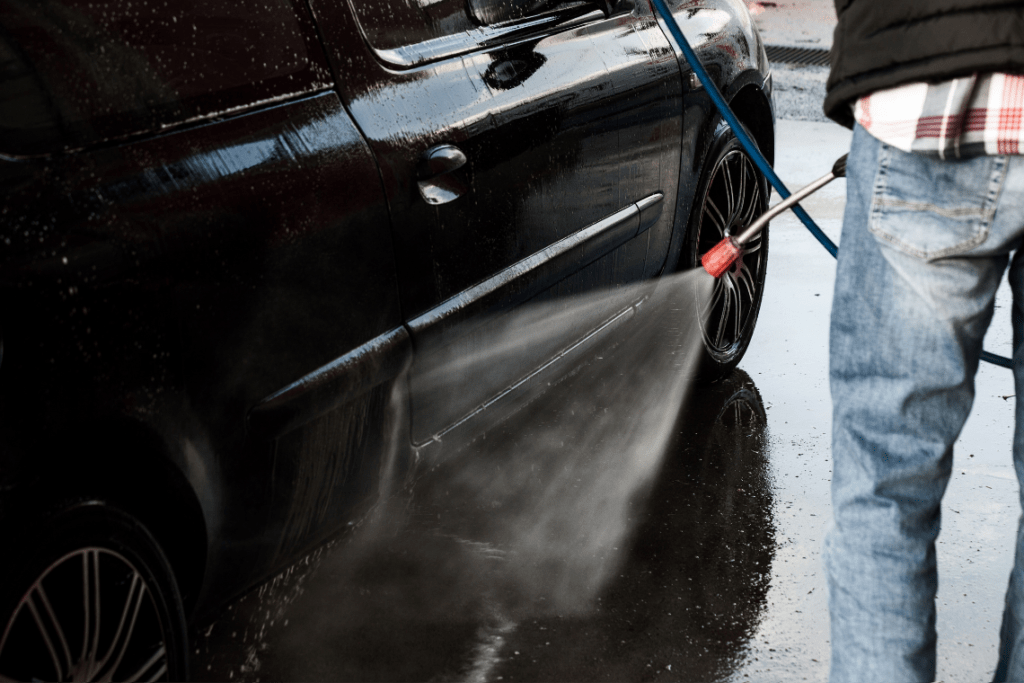
Working on a Pressure Washer
From a bottle, detergent flows in the machine through one hose. From another hose, cold water enters inside. Power is provided to the washer by an electric motor or diesel engine. The water pump mixes the detergent and the water as it gets power from the engine or motor. Along with this, the water is also heated to a temperature of 50-70 degrees Celsius. The exit hose is at high pressure from where the soapy and hot water is expelled out from the pump. The pressure of the water jet is increased further due to the narrow nozzle of these attachments. With this high-pressure washer, cleaning is more effective, and also wastage of water is reduced by about 80 percent.
The Internal Structure of a Pressure Washer
The entire internal structure of a pressure washer is highly technical and cannot be understood easily.
For general understanding, a simple design can be used. In simple words, it contains one plastic covering outside, one electric motor, one plastic foil which is insulated (helps in providing waterproof to the motor), a central shaft in the motor (provides power to the water pump by spinning at high speed), pump piston, reciprocating water pump and a water pipe which helps in sucking water in and out.
Disadvantages of Using Pressure Washers
Even though a pressure washer can clean stubborn dirt and dust with much ease, it has got some drawbacks as well.
- One of them is that while using it, there should be a good drainage system. This is because a lot of water is used for cleaning purposes at a high speed due to which water needs to be removed quickly. If drainage is not good, then you can witness water accumulation.
- Another disadvantage is that these machines produce a lot much noise while working.
- One should be very careful while using electricity near water. Many precautions should be taken even though proper insulation have been provided to the power washers.
- Pressure washers can make everything around them dirty. It is because it can cause blasting of filth in every direction. To avoid this, it is essential to carefully put the washer in the proper direction.
- The delicate fittings and fixtures can not be cleaned by it as the pressure washers are blunt instruments. If the washer is not used in the right way, it can cause permanent damage to the wooden things.
In the end, it can be said that for cleaning a patio, vehicle, or backyard furniture efficiently, always make use of a pressure washer. It helps in saving time, water, and labor. Making use of a pressure washer is easy, you just need to know the correct method. For this, it is important to read the user’s manual properly. It will give you deep insight into the working of the pressure washer.

